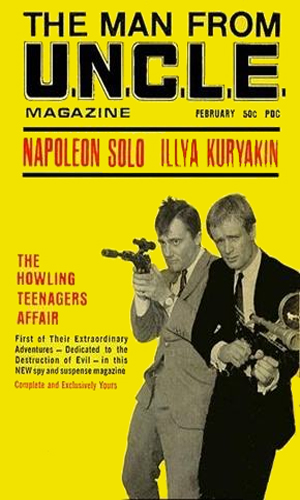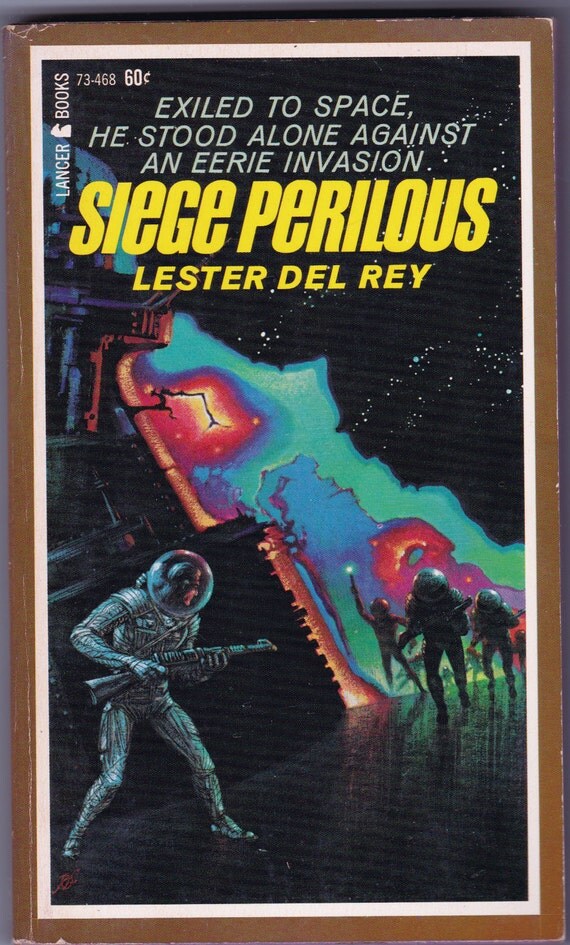Having just reread it fort the first time in about 20 years, what strikes me about Alan Garner's
The Moon of Gomrath is that it is less good than
The Weirdstone of Brisingamen and is remarkably proto-New Age. It’s about the “Old Magic”—“women’s magic” and "moon magic." The wizard Cadellin, central to the earlier book, stands aside in this one. Garner cites Robert Graves’s
White Goddess in a note at the end (surely a bizarre feature for a 1963 children’s book), and, reading the book again, I apprehend that there must be some kind of Triple Goddess thing going on with the Morrigan, Angharad, and Susan.
The story is lacking as compared to
Weirdstone. Perhaps there’s nothing as eerie as Grimnir in this one, nor, certainly, is there any unforgettable episode like
Weirdstone's cave-journey. Garner includes lots of place-names, but the Alderley Edge milieu isn’t evoked as lovingly as in the first book. The Einheriar seem to pop up every so often in a way that, reading the book this time, seemed almost faintly comic to me. The early Brollachan material is eerie, but soon it seems that the Brollachan isn’t very well integrated into the story as a whole. I wonder if Garner wrote
Weirdstone as a one-off originally, then saw how he could write a sequel using his current (?) studies of Graves etc.
Incidentally the Jeff Jones cover for the Ace paperback certainly caught my eye in 1969, when I think I got my copy, but I have never understood why the tubby, pasty-skinned warrior appears to be wearing a ballet slipper.
The back cover copy contains at least two misprints ("Cadogan" for Cadellin, and "side" for aid) and two references to Tolkien at a time when only a few paperbacks had yet done so, and those references, of course, enticed me.








